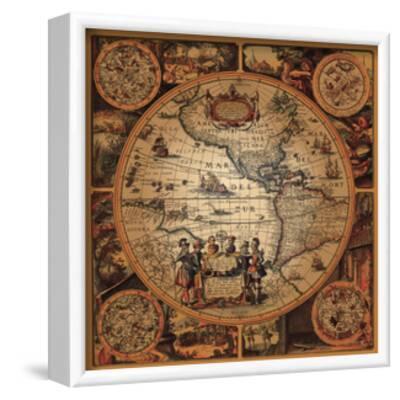
However, as it was then mainly coastal sailing and not open sea crossings the usefulness of the myriad of lines is questioned. These were to assist mariners to gauge the sailing direction from port to destination and also correct their course when adverse winds affected the sailing direction.


When the Portolan chart was developed in the 13th century, it was covered by a myriad of lines to represent wind directions.
Cartographica purses full#
There is also a discussion apropos the supposed Ptolemaic map of possibly indifferent authorship and the problems there-of.ġ4 A4 pages and 29 full colour diagram maps This paper delves into the construction and draughtsmanship required for the charts, their geometry and trigonometry as well as explaining the ‘Raxon de Marteloio’ principles as set down by Andreas Biancho which have hitherto been basically mis-represented and not forensically examined to exhibit the simple facts. It is a historian’s narrow view of the ‘Atlante Nautico’. It was produced in 1993 as a special publication of 1500 exemplars, (this authors is number 1148), and has a text by Professor Piero Falchetta of the Biblioteca Marciana,Venice, which holds the ‘Atlante Nautico’ and he describes the content (in Italian) but does not attempt to analyze the diagrams or charts cartographically. Now comprising 10 sheets the ‘Raxon de Marteloio’, ‘seven charts’, a ‘circular World map’ and a ‘Ptolemaic world map’, they have now been removed from a binding which stitched through their centre fold and presented in a boxed edition folio.


 0 kommentar(er)
0 kommentar(er)
